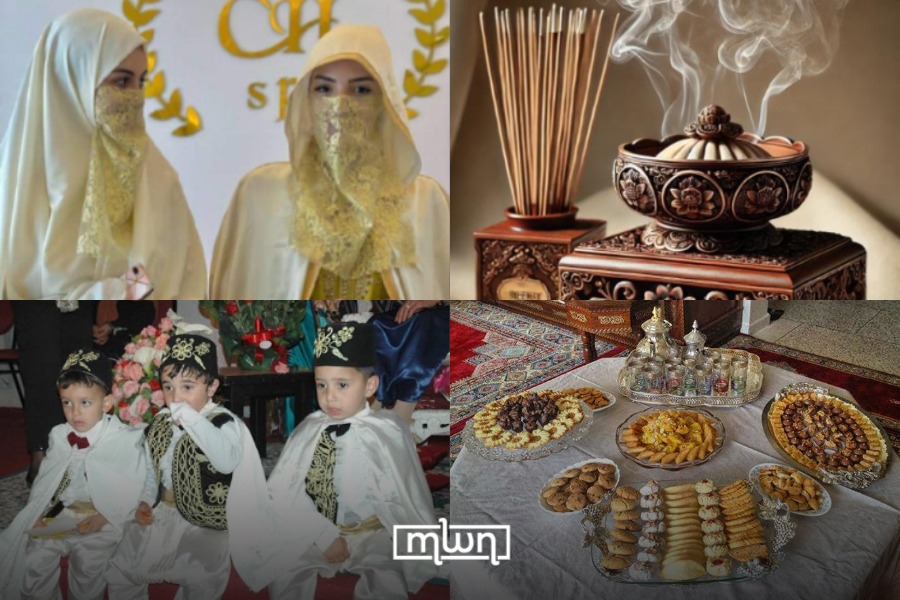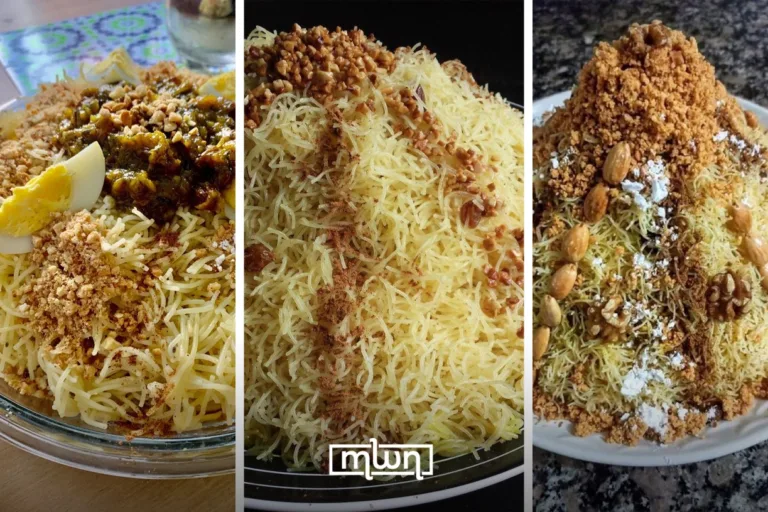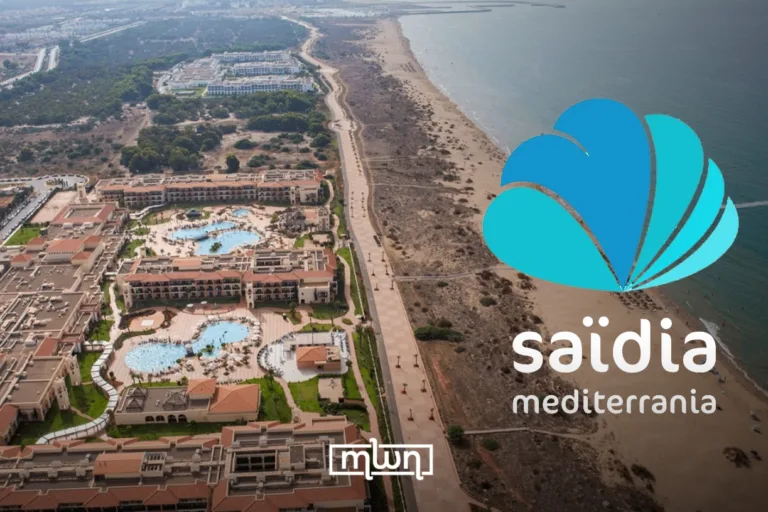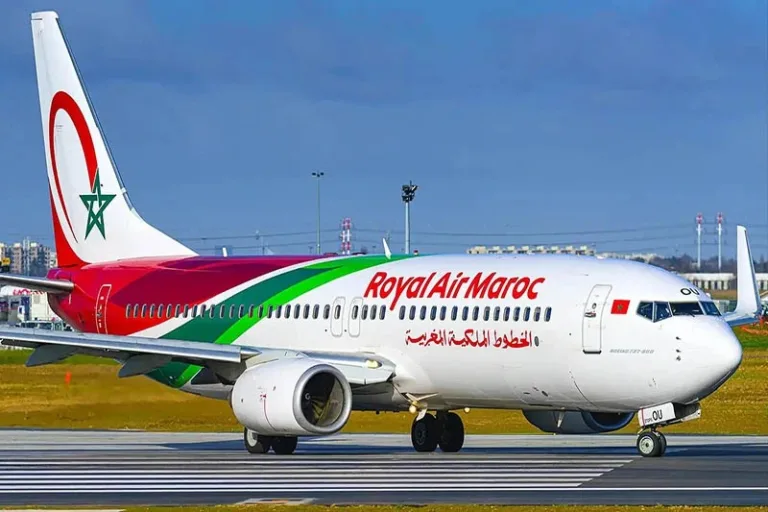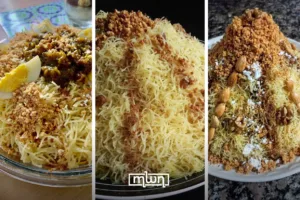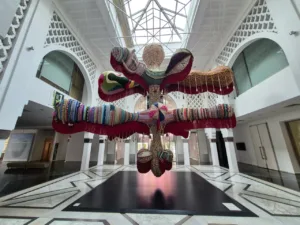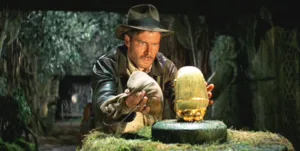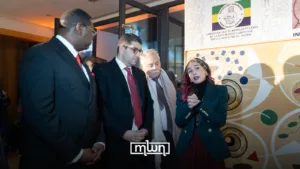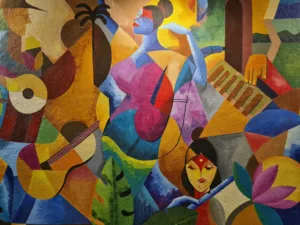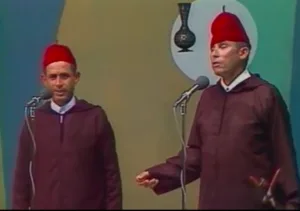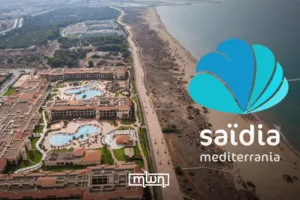Are Morocco’s older traditions quietly slipping into the past?
Fez – As Morocco moves forward into modernization, some of its oldest and most cherished traditions are slowly fading away.
These customs, rich in history and cultural significance, represent a deep connection to Moroccan heritage.
Here are four unique traditions that are struggling to find their place in today’s fast-changing world.
The bride’s Hammam ceremony
One of Morocco’s most vibrant wedding traditions is the bride’s Hammam ceremony. Before her big day, the bride gathers with her female family members and friends to rent an entire Hammam (traditional bathhouse).
Together, they celebrate with joyous ululations, known as “zgharit,” and chants of blessings for the Prophet Mohammed, or “Sla Ela Nabi.”
The festive ambiance is enhanced by the use of traditional Moroccan beauty rituals. The bride is pampered with natural masks like henna for glowing skin and nila for its purifying properties.
This event is not just about physical preparation but also serves as an emotional bonding moment, bringing together generations of women in a celebration of joy, love, and unity.
‘Bkhour’: the fragrance of Moroccan culture
“Bkhour” a cornerstone of Moroccan tradition, is a fragrant blend of herbs, resins, and woods burned to produce aromatic smoke.
Its origins trace back to ancient times when incense was used for spiritual and practical purposes.
Bkhour comes in many forms, including oud, amber, musk, and rose-infused blends, each with its own unique scent profile.
Moroccans use bkhour in various ways, from perfuming homes and clothing to enhancing religious and social gatherings. It’s often burned during weddings, Eid celebrations, and even daily rituals, creating an atmosphere of warmth and hospitality.
Despite its deep roots, the use of Bkhour is becoming less common, with modern air fresheners and perfumes replacing this traditional practice.
‘Kaskrout’: the family’s midday feast
“Kaskrout” is a special meal that falls between lunch and dinner, serving as a time for family connection.
It’s a moment when everyone gathers to enjoy a warm glass of mint tea accompanied by Moroccan pastry delights like “Msemen”, “Hercha”, and “Beghrir.
Sweet cakes, often flavored with chocolate or vanilla, complete this comforting spread.
This cherished tradition demonstrates the importance of slowing down and savoring life with loved ones.
As busy schedules and fast-paced lifestyles take over, the practice of enjoying Kaskrout is becoming less frequent, leaving a gap in the communal aspect of Moroccan family life.
Circumcision in the old way
In the past, circumcision was a grand, traditional event in Moroccan households. Families would invite a “hajam,” a traditional healer, to perform the procedure at home.
The event was celebrated with ululations, applause, and blessings from the family, turning the occasion into a cultural and social gathering.
This practice symbolized the child’s entry into a new phase of life and was deeply rooted in community values.
Today, the custom is largely replaced by medical procedures in hospitals shortly after birth, with the festive aspect gradually disappearing.
These traditions, though fading, remain a vital part of Morocco’s cultural identity.
By embracing and celebrating them, Moroccans can ensure that the essence of their heritage continues to thrive, even in a rapidly modernizing world.
Read also: Herbs Moroccan Use to Weather the Cold

